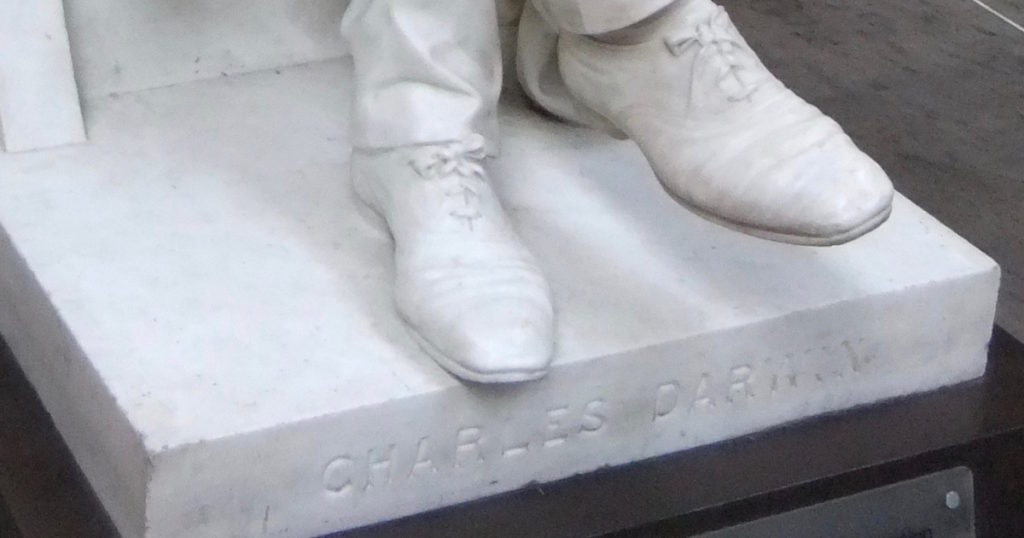 Culture & Ethics
Culture & Ethics
Darwin and the Devolution of Story

Think about great movies, novels, and plays. They probe the physical world of flesh and blood and, at the same time, draw us into things spiritual and immaterial: the sublime and the ridiculous; love, heroism, envy and prejudice; good and evil.
But a strain of modern thought says that those immaterial things aren’t real. Darwinian materialism holds that all species evolved from the first tiny cell in a process without guidance or design. And the human mind is no exception. Harvard evolutionist E. O. Wilson describes it as just a byproduct of the physical brain, and the brain as “the product of genetic evolution by natural selection.”
On this view, if fiction reaches toward a higher plane, then it reaches toward an illusion, since matter and energy are the only fundamental reality. Free will, good and evil, love and heroism, all are a mirage.
As for our favorite movies, novels, and plays, along with our favorite songs and paintings, all of these artistic creations, according to Wilson, have “been produced by the genetic evolution of our nervous and sensory tissues.”
He’s serious. “To treat them as other than objects of biological inquiry,” he says, “is simply to aim too low.”1
Impoverishing Art and Artists
Wilson is suggesting that his approach to the arts is nobler than the traditional view. But treating art as a mere byproduct of Darwinian evolution doesn’t ennoble our understanding of art. It undermines the very foundation for saying that art or anything else can be noble or low or wicked.
If Darwinian materialism is right, a few of our ancestors had a mutation that led them to imagine there is a spiritual dimension and that things like nobility actually exist. This illusion supposedly helped them survive, reproduce, and pass the mutation along from one generation to the next in a growing population of deluded but successful ancestors. These creatures eventually worked out their delusion in everything from religion to art.
Darwinian materialism suggests, more specifically, that the impulse toward artistic creation is merely the human songbird attracting a mate — great art as the byproduct of sexual selection.
Thus does modern evolutionary thinking impoverish our understanding of art and the artist.
It also impoverishes the content of particular works of art. Works shaped by the Darwinian outlook tend to present humans as mere animals, or as hapless cogs in a pitiless meat grinder. They present the material world as the only reality, and life as ultimately meaningless.
This is an impoverishment because life is ultimately meaningful, not meaningless; the material world isn’t the only reality; and humans are animals, yes, but ones made in the image of God, with stewardship capacity and a high calling.
True, there are great and gifted artists who embrace Darwinian materialism, and yet whose work retains much goodness, beauty, and truth, including insights into human nature and the human struggle. I’m not arguing that faith in Darwinian materialism utterly bankrupts art. I’m arguing that it compromises, mars, or to a significant degree impoverishes artistic creations. I will say more tomorrow about these effects.
Notes
- E. O. Wilson, On Human Nature (Harvard UP, 1978), pp. 195, 204.
Editor’s note: This essay originally appeared in Salvo Magazine as “Art for Nothing” and is republished here with permission.
